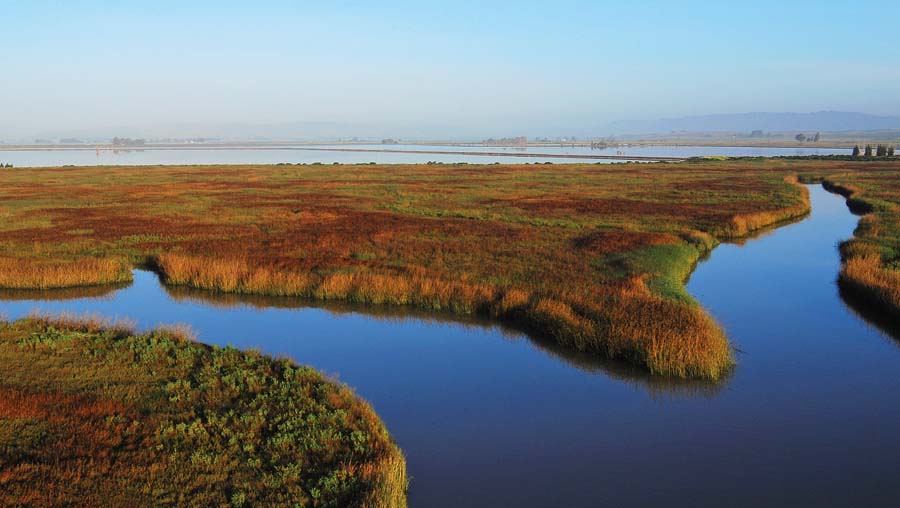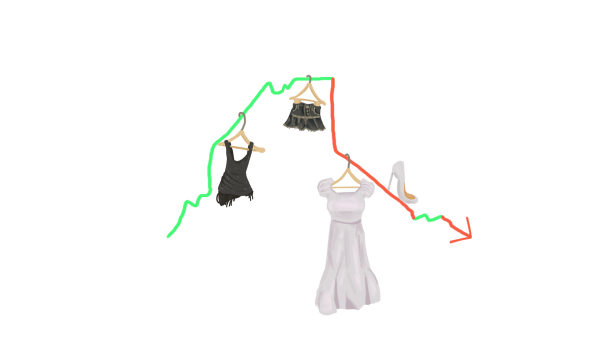Bay Area’s Wetlands
Silicon Valley has always been home to a large variety of plants. Sadly, this fact has rarely been acknowledged by its residents. Our wetlands deserve some recognition.
Final Draft:
The wetlands of San Francisco Bay have historically played an important part in California’s wildlife, filled to the brim with unique and intriguing flora. Though they may not have the magnificence of California’s Redwood forests, the wetlands deserve recognition.
Humans continue to destroy wetlands as they expand across the globe. The wetlands regulate climate, protect shorelines, maintain diverse ecosystems and mitigate flooding and pollution. This essential ecosystem hosts a magnitude of plants that can be seen growing on the banks today.
Native grasses, like the wild blue rye, hold the topsoil of the soft ground together as its root system extracts excess moisture from the ground. This distinct bluish-gray grass can be seen growing around meadows and other areas close to the bay. Native grasses such as wild blue rye serve as a far better source of food and shelter for local animals rather than invasive species of grass, like Kentucky Bluegrass, typically grown on people’s property. In some grasslands, native species of grass are being outcompeted by non-native grasses.
Many plants outside wetlands are still reliant on a wetland’s health and existence. The oak woodlands of California serve as a transitional zone for vegetation near water sources to drier areas. Oak woodlands at one point flourished when California’s climate was more humid and ponds and rivers were more common. As wetlands are more and more at risk, not only are their own ecosystems threatened but so are neighboring ecosystems
Yet, with some human intervention, these plants can thrive in their natural habitat. On the banks of wetlands, can see small dense shrubs, and in a few months, these elderberry bushes will produce yellow, delicate flowers and purple berries. The berries are edible and are a staple of native animal diets in the summer, often attracting hummingbirds and chipmunks. The berry bushes planted by human gardeners serve to feed and contribute to the animal ecosystem of the wetlands.
Wetlands and their entire ecosystems also face many threats from human activities like agriculture and urbanization. Climate change also plays a role in the precarious situation through rising sea levels and more extreme seasons affecting the water levels and humidity of the wetlands. Yet, over the span of two decades, California has spent billions on the maintenance and restoration of many of the wetlands and marshes lost throughout the last century.
The Southern California Wetlands Recovery Project is an organization made up of 18 different government departments that focus on the preservation and restoration of current marshlands and wetlands that have been active since 1997. As a result, 206 projects have been completed with the protection of 8,246 acres of Southern California’s wetlands and additional restoration of 4,884 acres of wetland. With this overall net gain in wetland, the local plants and fauna will have a better chance at coexisting with the local environment, bringing hope to new life in California’s ecosystems.













